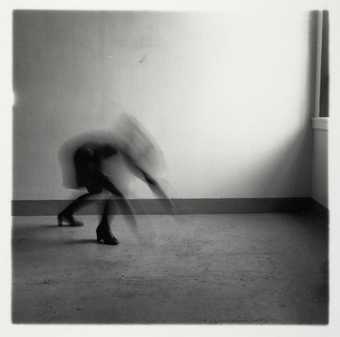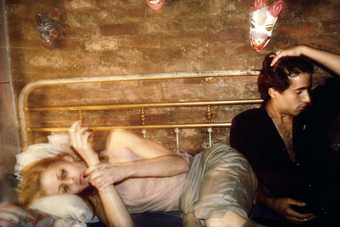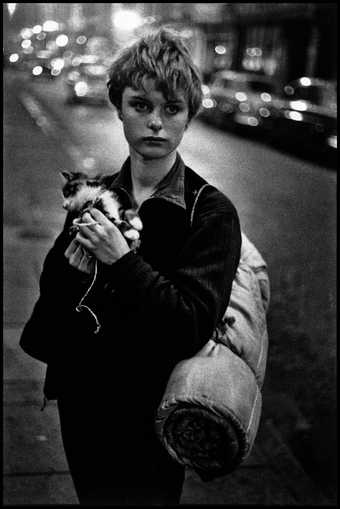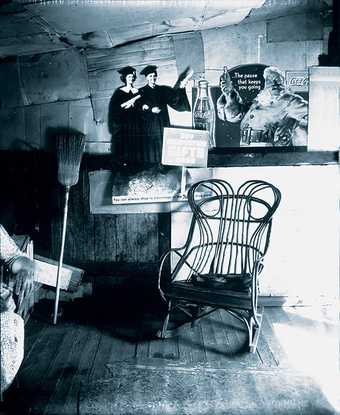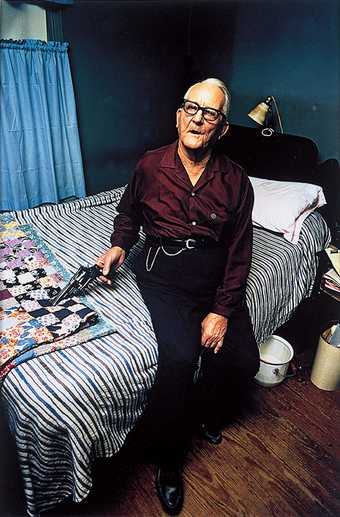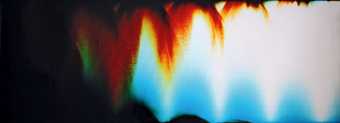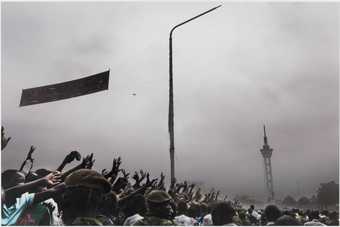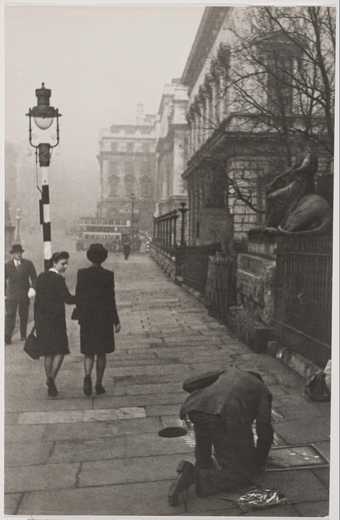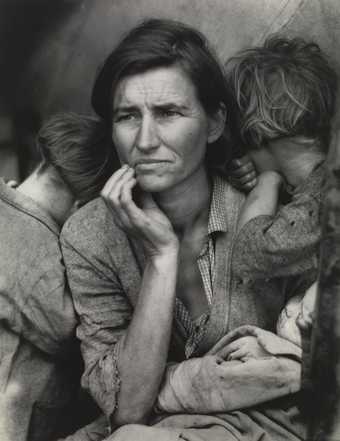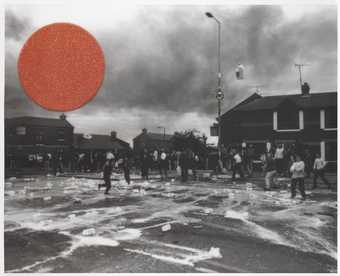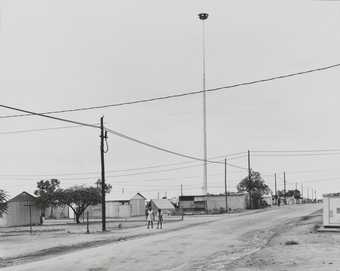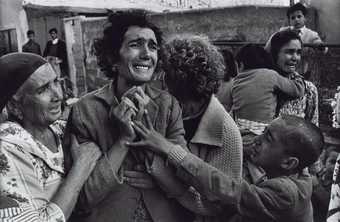
Sir Don McCullin CBE
Cyprus
(1964, printed 2013)
ARTIST ROOMS Tate and National Galleries of Scotland
Photojournalism began with the first pictures of war published in newspapers during the Crimean War and the American Civil War. However even at this time, the image was only there to enhance the text, not lead the story.
It wasn’t until the development of the smaller, lighter 35mm cameras and flashbulbs of the 1920s that a ‘Golden Age’ of Photojournalism really took hold. The likes of Cartier-Bresson presented candid images of their life and times.
The rise of the photo-essay and the magazines Life, Vu and Picture Post, responded to the greater demand for images of news stories and allowed photojournalism to blossom. Better inks and papers for magazines meant full-page image spreads, allowing the image to tell the story, rather than the small engravings in the newspapers of previous decades.
Photojournalism differs from other forms of photography (e.g. documentary photography, street photography or celebrity photography) by its need to remain honest and impartial.

